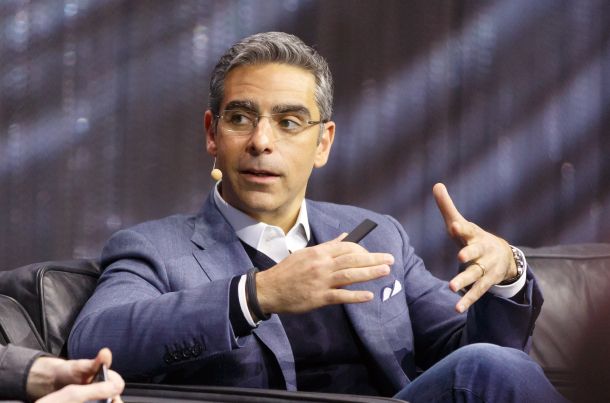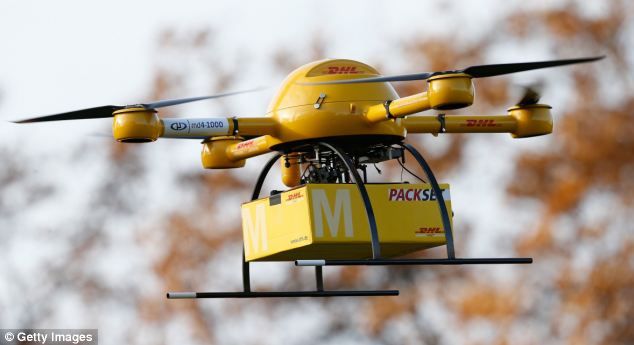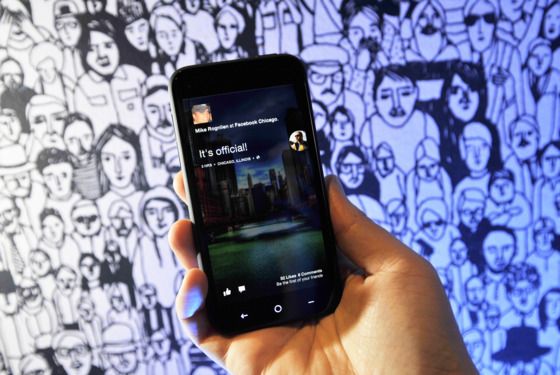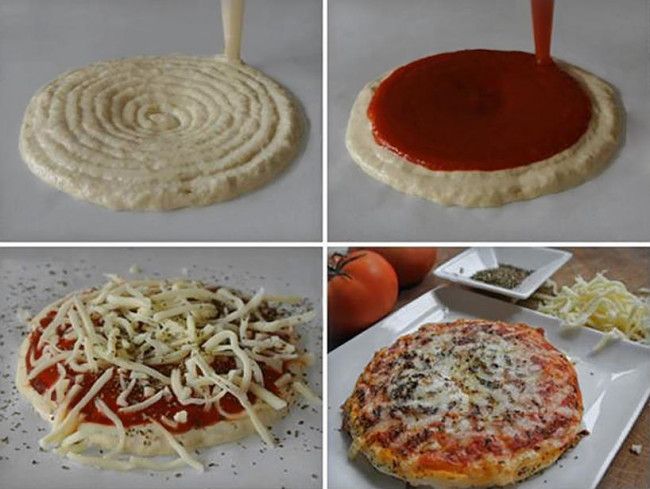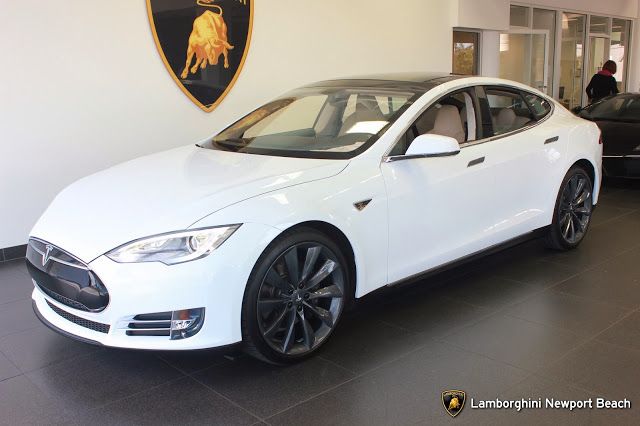Jonah Goldberg, National Review
After you heard President Barack Obama’s call for a hike in the minimum wage, you probably wondered the same thing I did: Was Obama sent from the future by Skynet to prepare humanity for its ultimate dominion by robots?
But just in case the question didn’t occur to you, let me explain. On Tuesday, the day before Obama called for an increase in the minimum wage, the restaurant chain Applebee’s announced that it will install iPad-like tablets at every table. Chili’s already made this move earlier this year.
With these consoles customers will be able to order their meals and pay their checks without dealing with a waiter or waitress. Both companies insist that they won’t be changing their staffing levels, but if you’ve read any science fiction, you know that’s what the masterminds of every robot takeover say: “We’re here to help. We’re not a threat.”
